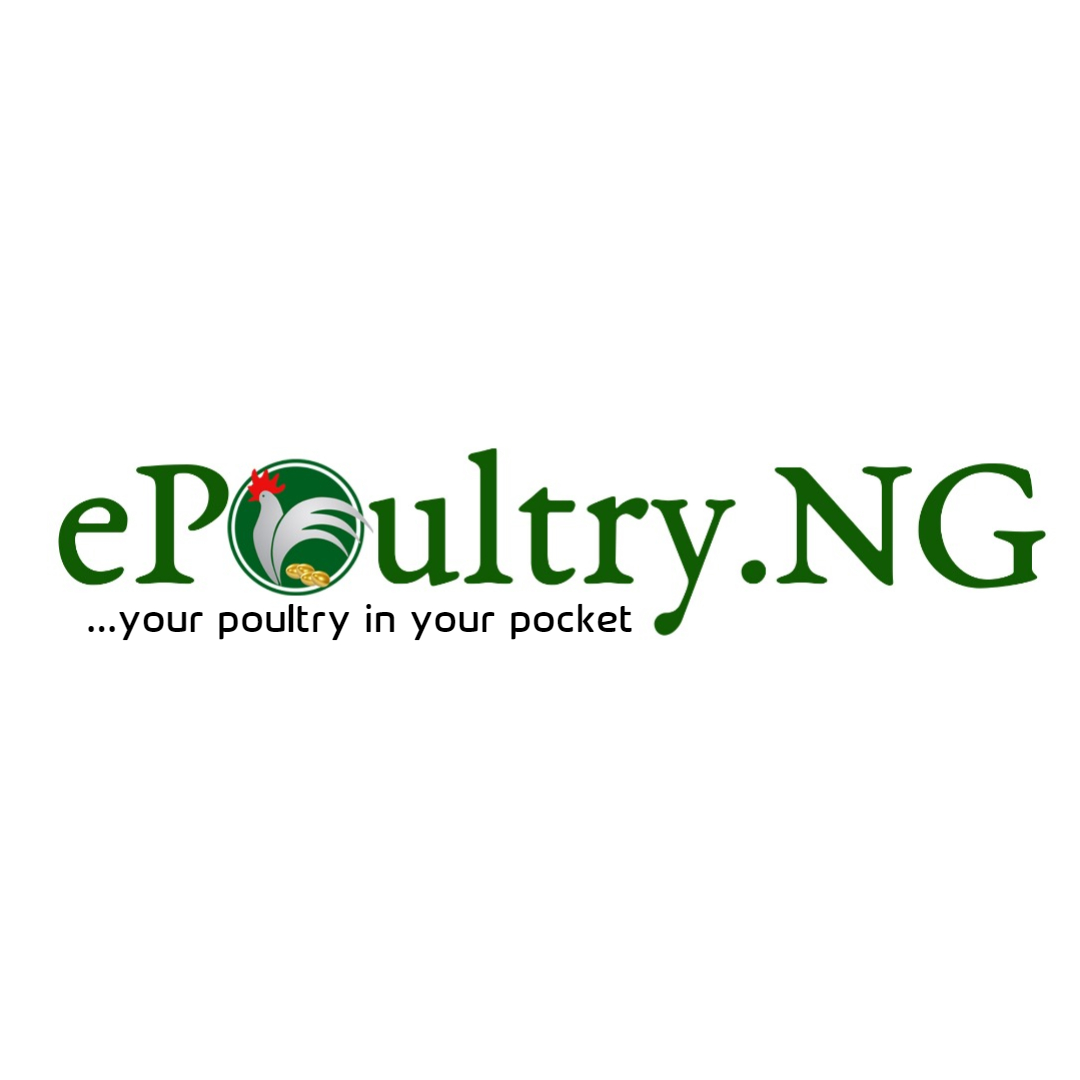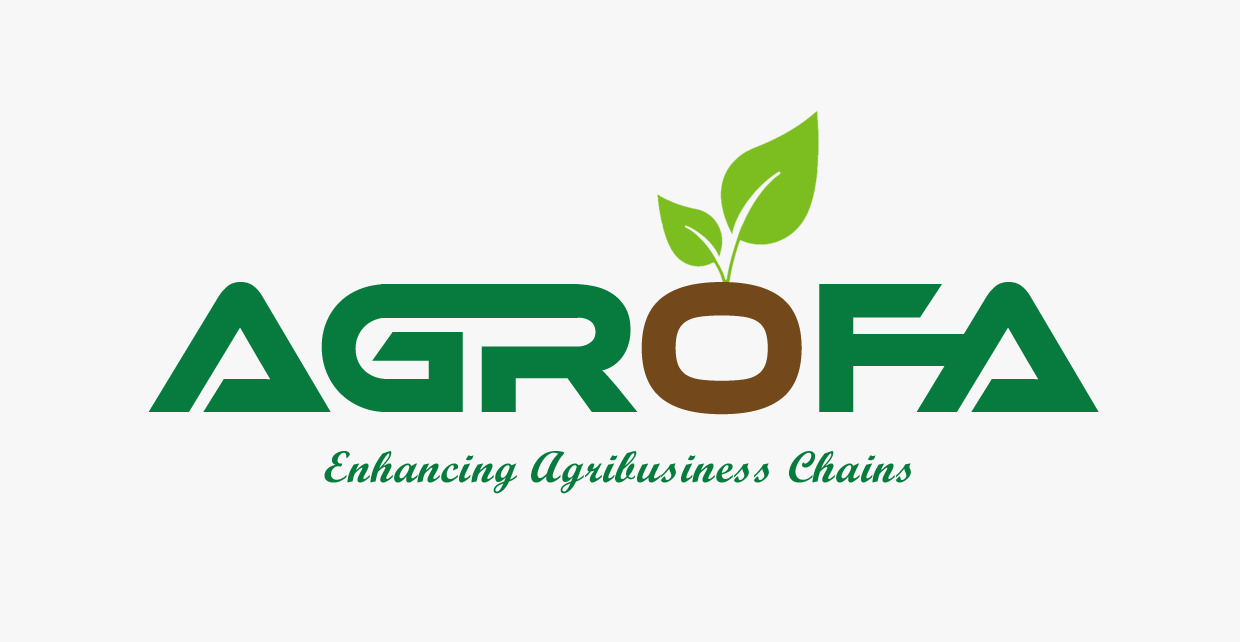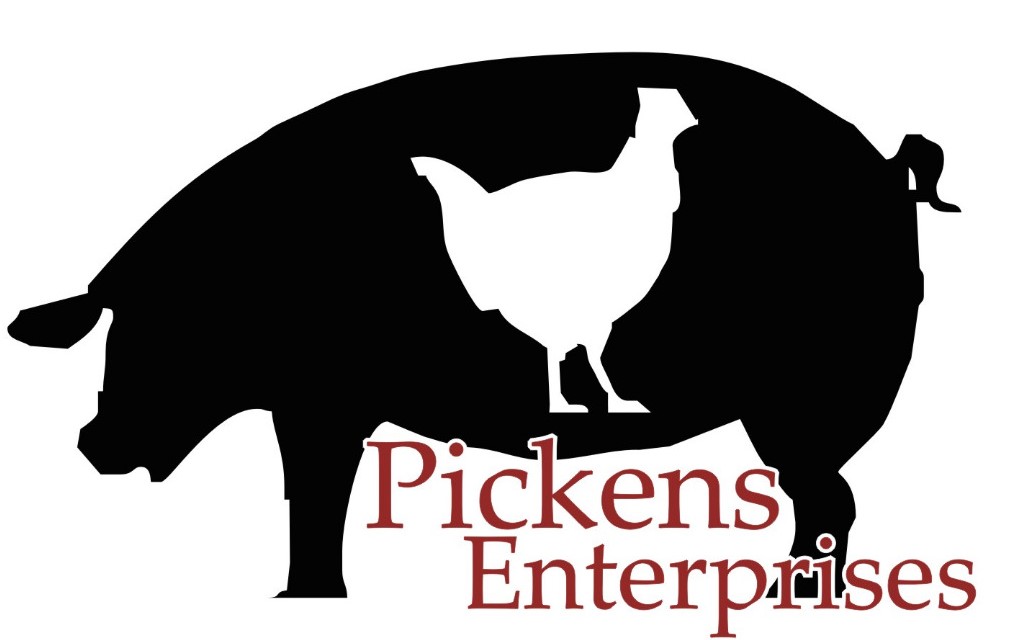Profile : World Nature Savers
PROBLEM STATEMENT AND PROJECT RATIONALE.
The specific objectives of the project are:
PROJECT COMPONENTS, ACTIVITIES AND OUTPUT.
Activities 1.1.1 Organize community mobilization seminars on project activities 1.1.2 Organize 3 awareness workshop on the potential and benefits of sustainable Tree e growing and home gardening initiatives including; one for local leaders (i.e. the parish and sub-county chiefs, the local council (LC) chairpersons and secretaries responsible for community development in Mongoyo parish. 1.1.4Produce and disseminate at least 1000 awareness materials including brochures, posters and T-Shirts on Tree growing & tree planting practices. Indicators Number of farmers engaging in project and receiving tangible benefits from project supported activities •Cumulative number of people inspired and active in relation to the project. marketing; farmers’ capacity building and training; environmental protection; and project coordination and management.
C. Responsibilities of implementing partners.
MONITORING AND EVALUATON (M&E)
ANNEX II: MONITORING AND EVALUATION LOGERAME
ACTIVITY TIME FRAME ACTIVITIES YEAR ON (12 MONTHs) 0 1 2 RESPONSIBILITY SOURCE OF FUND TOTAL COST
Land Acquisition World Nature Saver Uganda Government 74,500,000
Procurement of Farm equipment’s and Seedlings World Nature Saver Uganda government 14.411,000
Training of CBO members Production officers and World Nature Saver Uganda Government 964,000
Monitoring and supervision FUNDERS, members and production officers Uganda Government 480,000
LIST OF THE PROJECT STEERING COMMITTEE
1- DRAMA BOSCO CANDIA -PROJECT COORDINATOR-STUDENT MASTERS IN MPH
2- ANGUPARU ROSE - TRESUARY-GRADE THREE TEACHER PRIMARY EDUCATION
3-DRICILE PATRICK-CHAIRMAN-DIPLOMA IN EDUCATION
3- ALIGA GEOFREY -SECRETARY-GRADE THREE TEACHER PRIMARY EDUCATION
4- MATUA -VICE SECRETARY-O LEVEL LEAVER
5- MONICA - MEMBER-TEACHER EARLY INFANT EDUCATION
6- ANDREKU JUSTICE -MEMBER-PRIMARY LEAVER
7- ALEMIGA - MEMBER-PRIMARY LEAVER
8- NYAKUNI MOSES -MEMBER-MECHANIC/DRIVER
9- IRIMA BOROTOLO- MEMBER 10- -MEMBER-TEACHER EARLY INFANT EDUCATION
11 CANDIRU JANE-MEMBER-PRIMARY DROP OUT
12-AGONDURU VIVIAN-MEMBER-PRIMARY DROP OUT
13 MAMBO HILLARY-MEMBER-PRIMARY DROP OUT
14 MAUNDUA JOHN-MEMBER-PRIMARY DROP OUT
15-OCOKORU HARRIET-MEMBER-PRIMARY DROP OUT
Founder: DRICHILE PATRICK
Location: Uganda
Sector: Agriculture
Stage: Start Up Stage
Website: https://world-nature-savers.business.org




